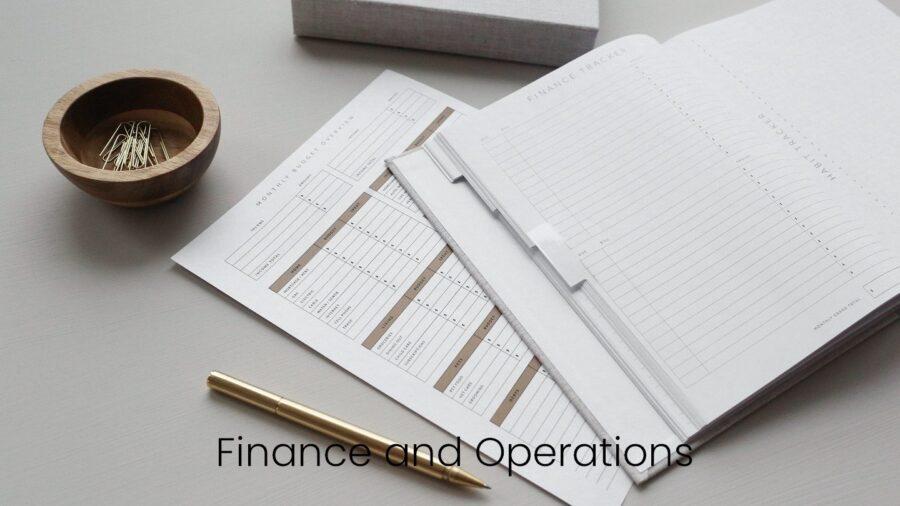The Hardware Startup Trap - Part 2
6 Steps to Building a Robust Cash Flow Forecast for your Hardware Startup
Ensuring there is enough working capital to run the business daily is important for every business, however it is especially important when starting a hardware company. Hardware is a kind of technology that incurs huge upfront costs but can takes months to generate revenue and replenish the reserves. Counterintuitively, this means that the more successful your startup becomes, the bigger the cash flow challenge.
"The more successful your startup becomes, the bigger the cash flow challenge".
Companies need cash to purchase inventory and begin sales and marketing of the product. However, depending on the payment terms with the factory (i.e. large cash outflow initially) and the minimal amounts of cash inflow from customer sales, companies might not have the working capital on hand. Here are 6 steps to creating a cash flow (CF) forecast to show how much working capital you have on hand monthly:
1. Create a CF forecast that looks forward 12-18 months
- Add sources of income
- Add sources of expenses
- Take the leftover cash as your cash balance for that month
- Carry it over to the next month as the starting cash balance
2. Understand the payment terms with your suppliers and customers
- Payment Terms with Suppliers: try to get the longest repayment period
- Payment Terms with Customers: try to get paid as quickly as possible
3. Lessen the Time products spend in inventory
- Try to minimize the time between purchasing raw materials to getting the product into customers hands
4. Model Different scenarios (especially your worse-case scenario)
What is your monthly cash burn rate, months runway, and operating cash balance if:
- Your supplier/manufacturer lead time for components double?
- Your go to market strategy takes twice as long as you initially planned?
- Your payment terms with suppliers change?
- Sales growth exceeds expectations? (which means more upfront costs)
5. Examine financial statements of public companies in your industry to make sure you have captured all the major expense categories
- Learn about the typical cash flow timings of companies in your industry
6. Build an easy to use model that lets you update assumptions easily
- Having an easy to use template will save a lot of time when modelling variances (an entrepreneurs most valuable resource)
Building a robust cash flow forecast can help you spot potential funding gaps, ensure payment promises to suppliers are met, mitigate discrepancies and allow founders to focus on the more productive parts of the business rather than day-to-day firefighting.
If you would like to know how to undertake sensitivity analysis - 'the secret ingredient in startup financial projections' check out the latest blog from Michael Nguyen
